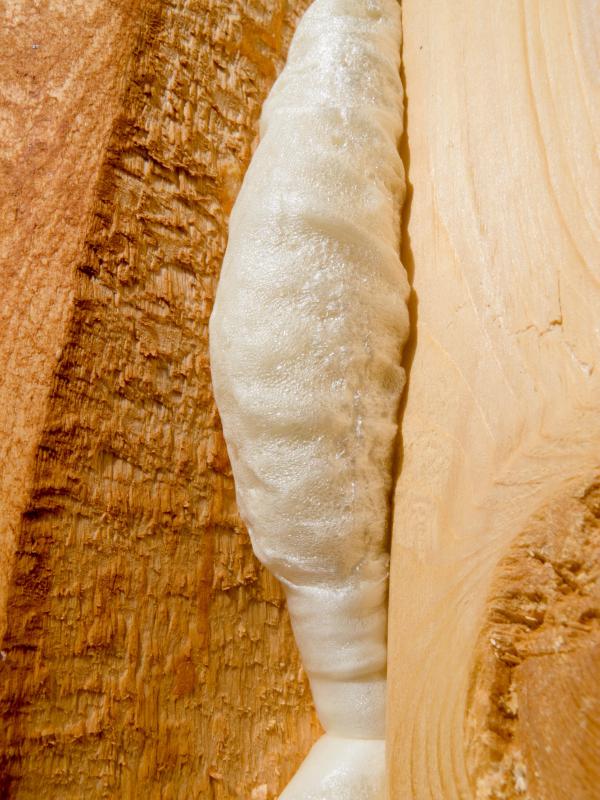At HomeQuestionsAnswered, we're committed to delivering accurate, trustworthy information. Our expert-authored content is rigorously fact-checked and sourced from credible authorities. Discover how we uphold the highest standards in providing you with reliable knowledge.
What is a Thermal Barrier?
Thermal barriers are a material that is applied to a metal or foam in order to slow down the rate of temperature increase. The material was created to prevent fires, and is becoming a main ingredient in buildings, machines, and engines. A thermal barrier can be applied to any surface that operates at a high temperature or has the potential to catch on fire.
A coating of a thermal barrier is placed on a surface in four layers. Each layer consists of a different material that creates temperature reduction in a different way. In most cases, the layers are applied using a vapor or spray.

Over the years, the safety of buildings has been a serious issue for concern. One of the most important advancements that has been made to ensure buildings are safer is the development of the thermal barrier. In buildings, the barrier is applied over the foam insulation that is installed in the walls of the building. This material is designed to slow down the rate in which the temperature increases during a fire. Today, most buildings inspectors require an approved thermal barrier placed between the walls before the building can be complete.

The reasons these inspectors require a thermal barrier is because some of the materials that buildings are made of are combustible, and a thermal barrier reduces the risk of increased fires and potential explosions. Thermal barrier coatings are not only placed in walls. They can be applied to metals, and any other material in which an individual wants to keep a low thermal temperature.
Engine components are the most common metal to which thermal barriers are applied. In this case, a thermal barrier keeps an engine from experiencing corrosion or oxidation due to the heat. Some engines tend to stall as the temperature rises. A stalled engine occurs due to thermal friction, but a thermal barrier anticipates this need and reduces any thermal friction or fatigue that might occur. Unfortunately, thermal barriers don't last forever, and must be reapplied after a period of time.
Thermal barriers are also commonly used on vehicles that have exhaust or turbo systems that experience extreme temperature ranges. The vehicle is made safer by having the barrier better regulate the car's temperature. In addition to vehicles, thermal barriers are also used on jet engines. Thermal barriers are currently being studied by US and European scientific teams so they can gain a better understanding of how to create and protect multifunctional surfaces. These teams focus on creating thermal barriers that can provide insulation as well as corrosion protection.
Thermal barriers will continue to be used, because they extend the life of buildings, electrical components, and engines. In buildings, they slow down fires, and engines applied with a thermal barrier experience good erosion resistance. Heat and fires have caused destruction since the beginning of time, but the advancement of technology and the introduction of thermal barriers has provided one solution to slow down heat destruction.
AS FEATURED ON:
AS FEATURED ON:












Discussion Comments
@Leonidas226
I think that using thermal spray, the process of applying a thermal barrier to foam insulation could be fairly easy. This process is used in making wires and tubes, covering materials in plastic or other materials quickly.
@Tufenkian925
I think it would cost a lot more to have a thermal barrier and foam insulation. In reality, it all depends on how much people are willing to spend to ward off the cold or fires.
@Leonidas226
I think that it is possible to have both. You can apply thermal barriers to foam insulation. The thermal barrier can also act as an insulator, but probably not as well as the foam barriers.
Thermal insulation may not be as effective as foam insulation in keeping heat out during the winter. There is obviously a give and take. In areas more prone to wildfires, it might be a better option to consider thermal barriers and do without the foam insulation. In colder areas, it may be necessary to stick with foam insulation and not have thermal barriers.
Post your comments